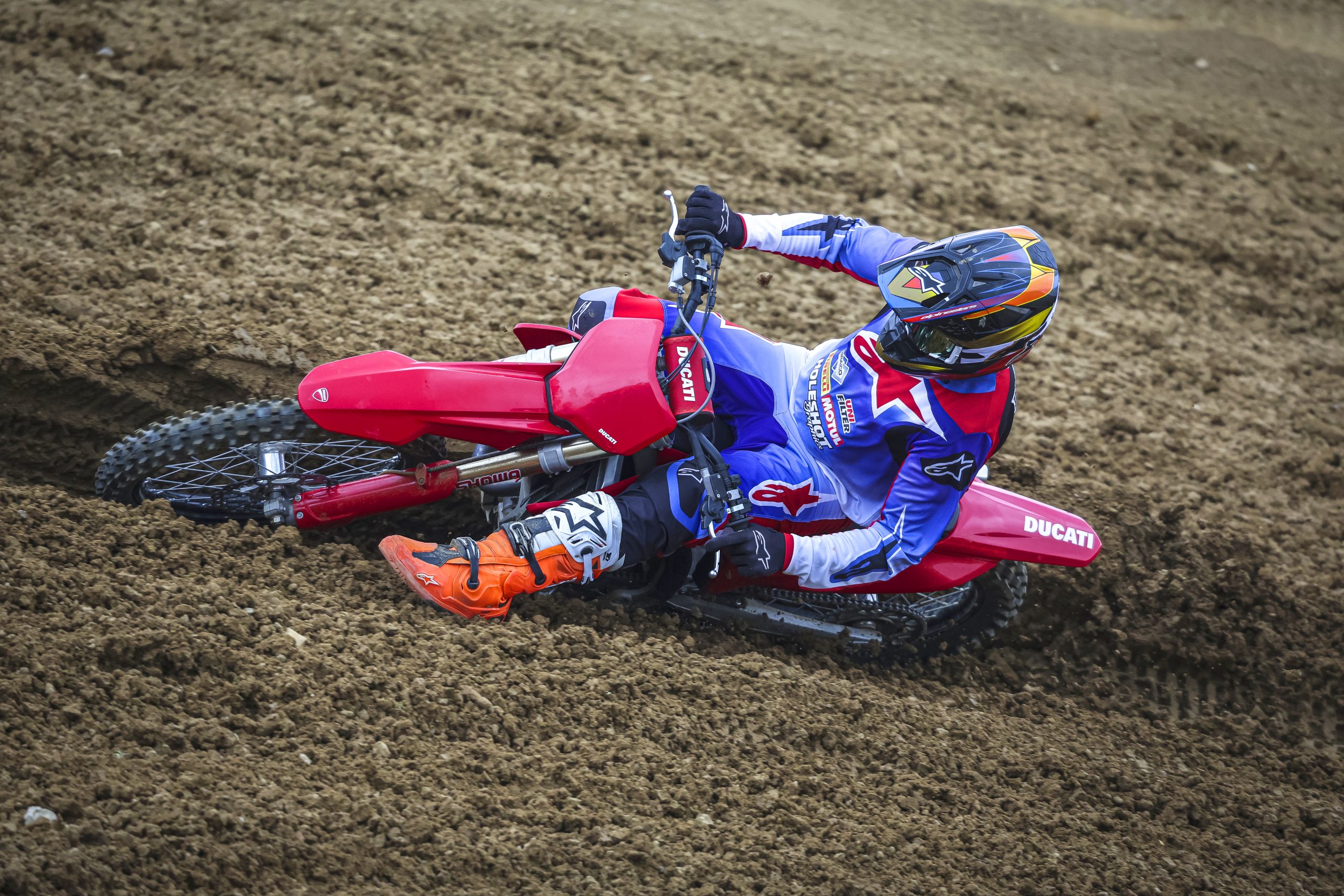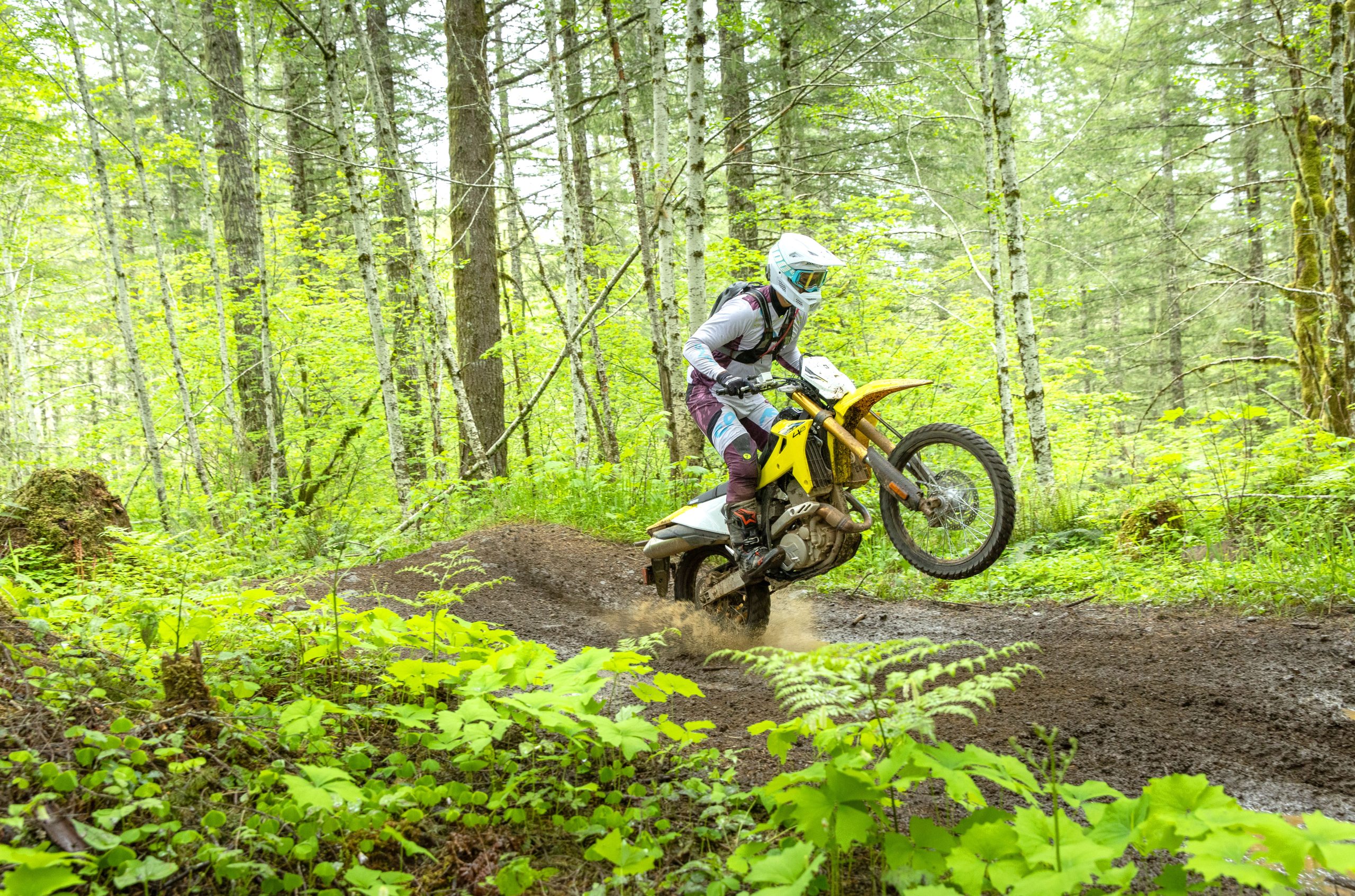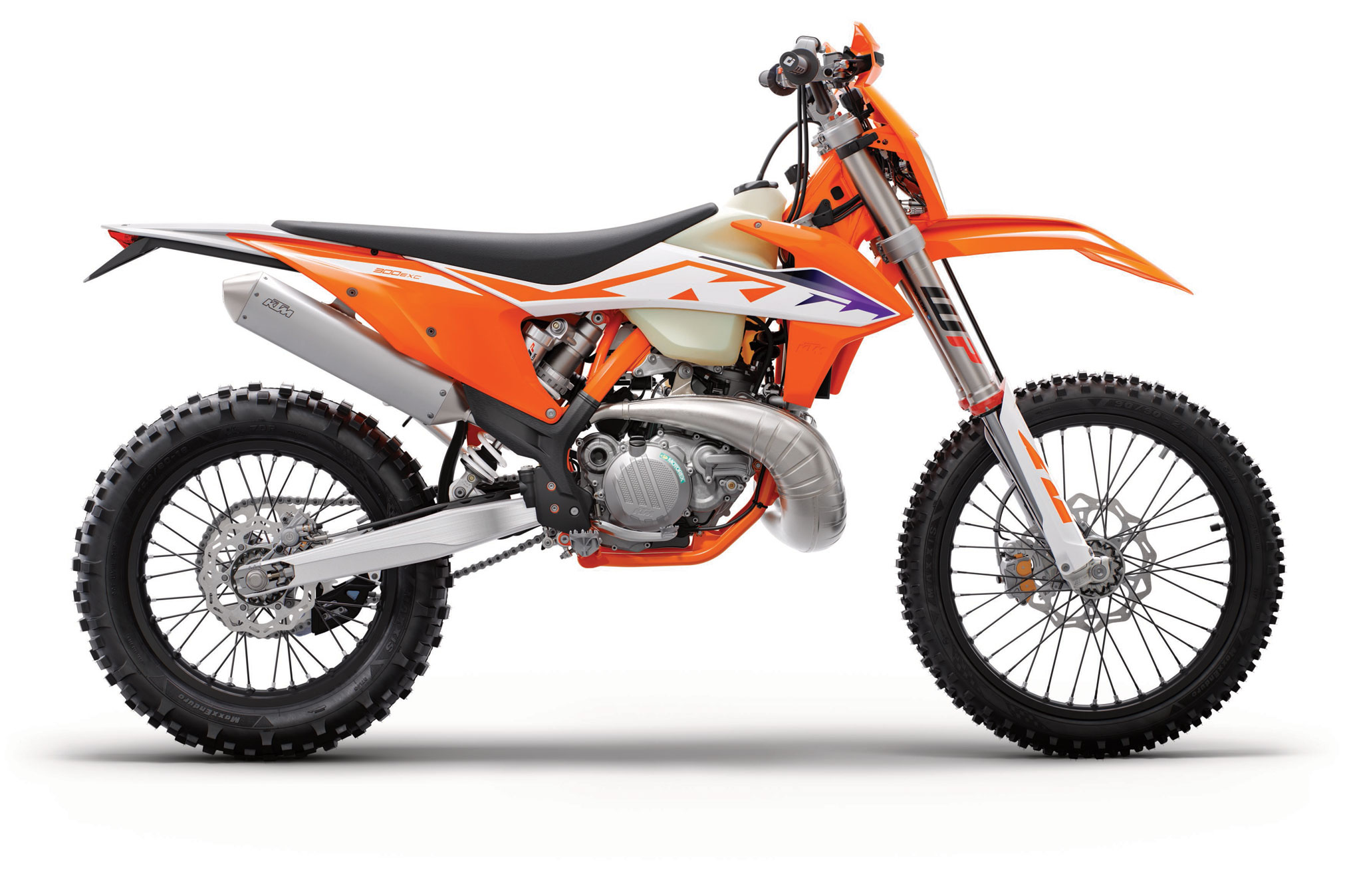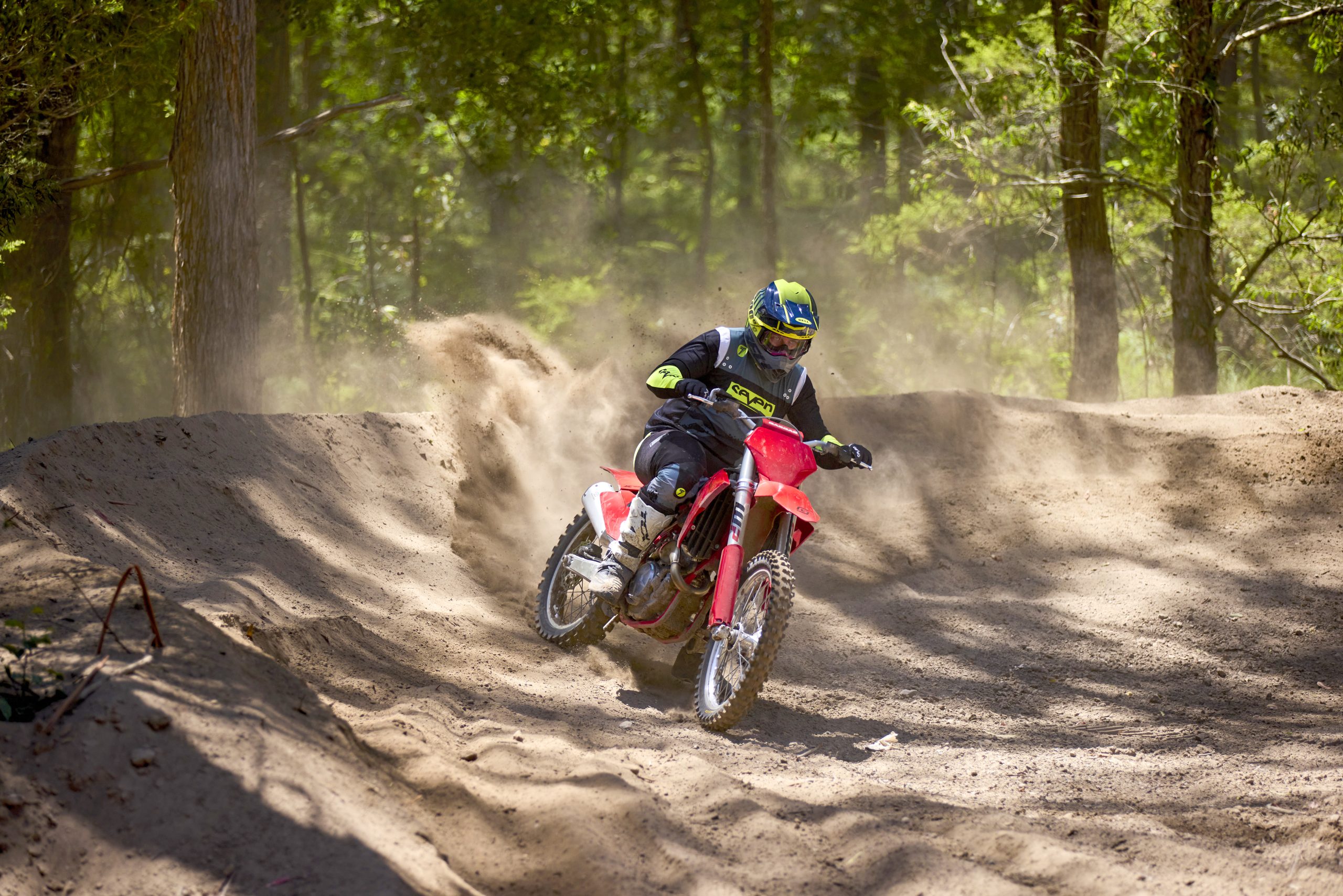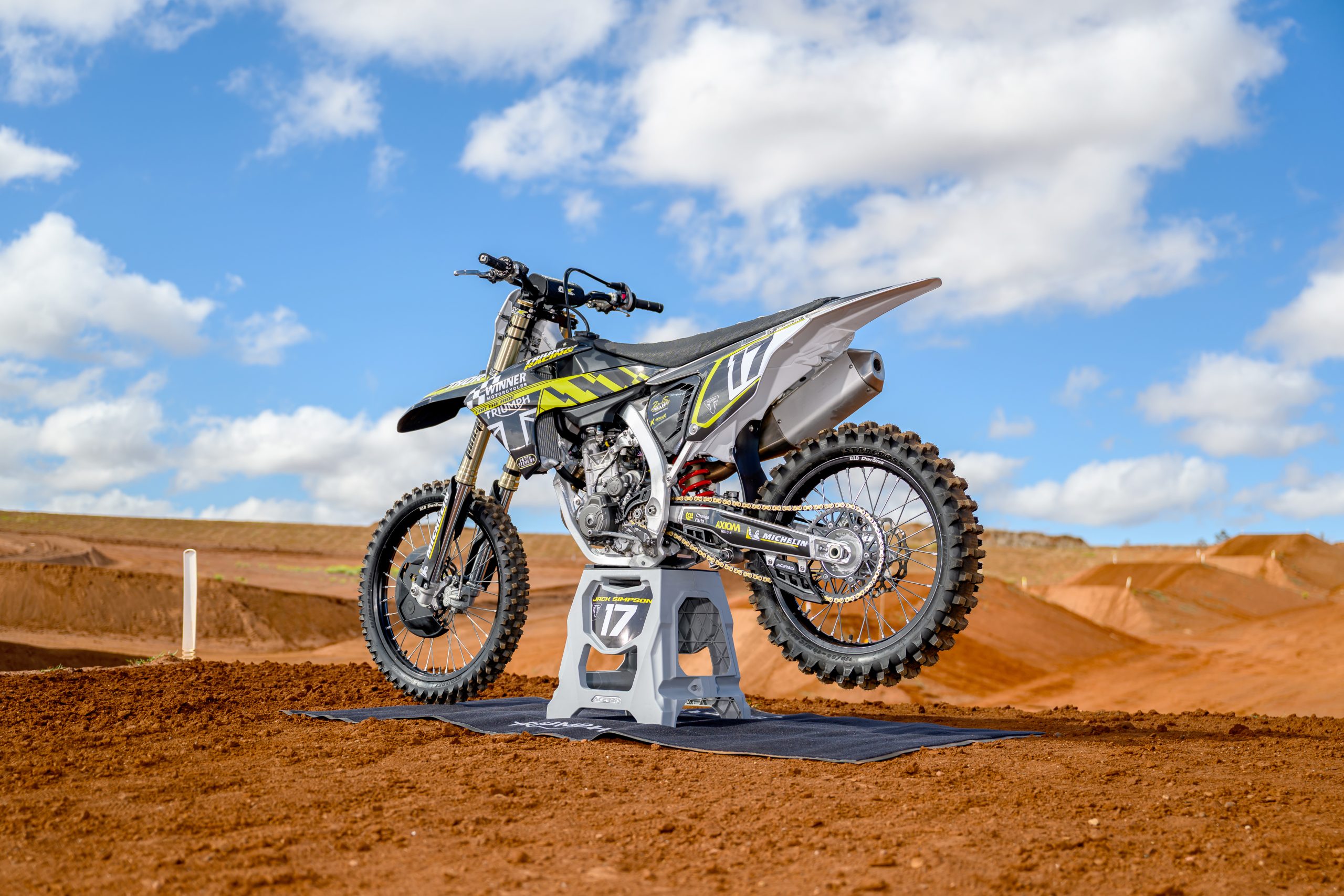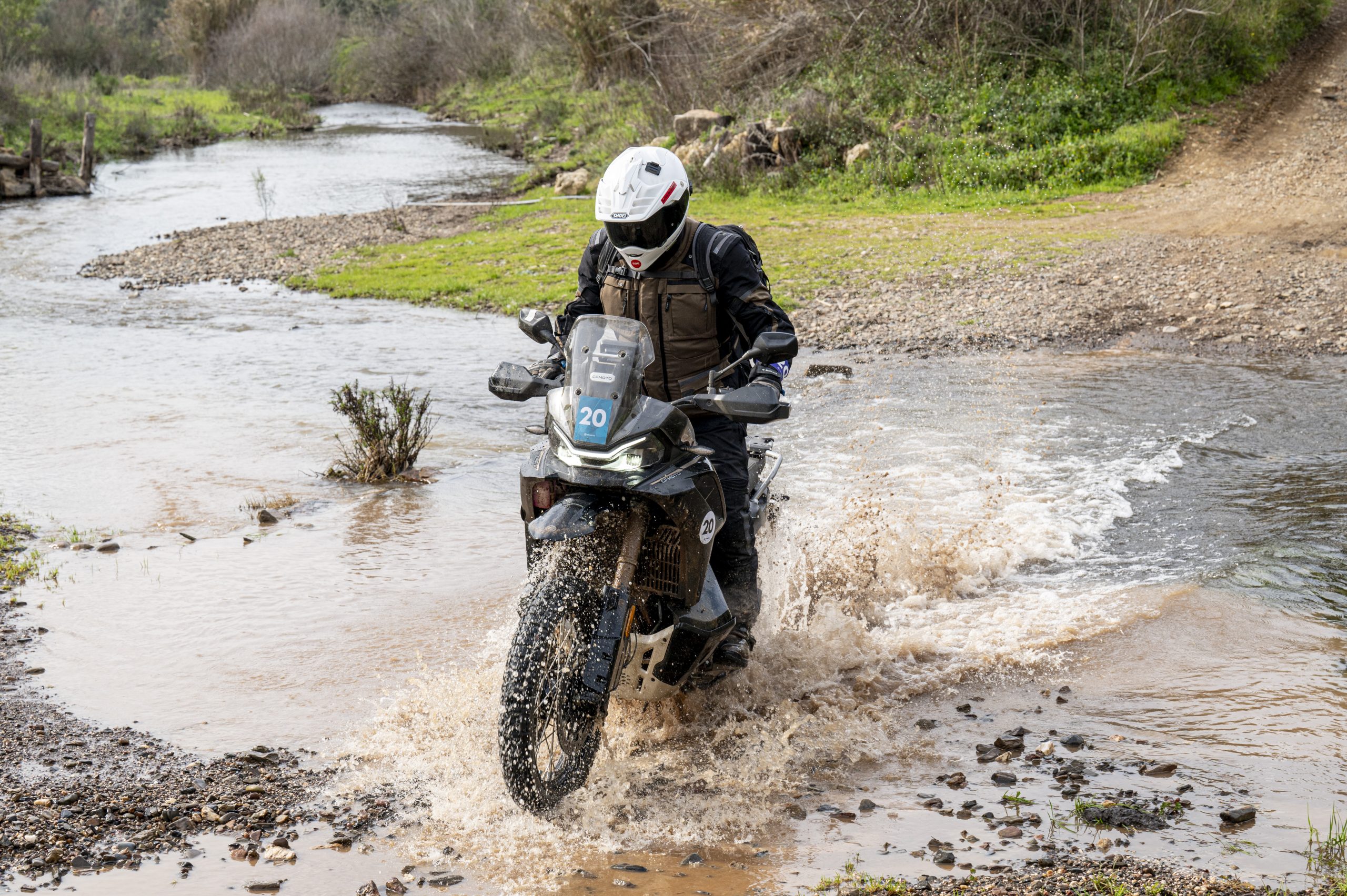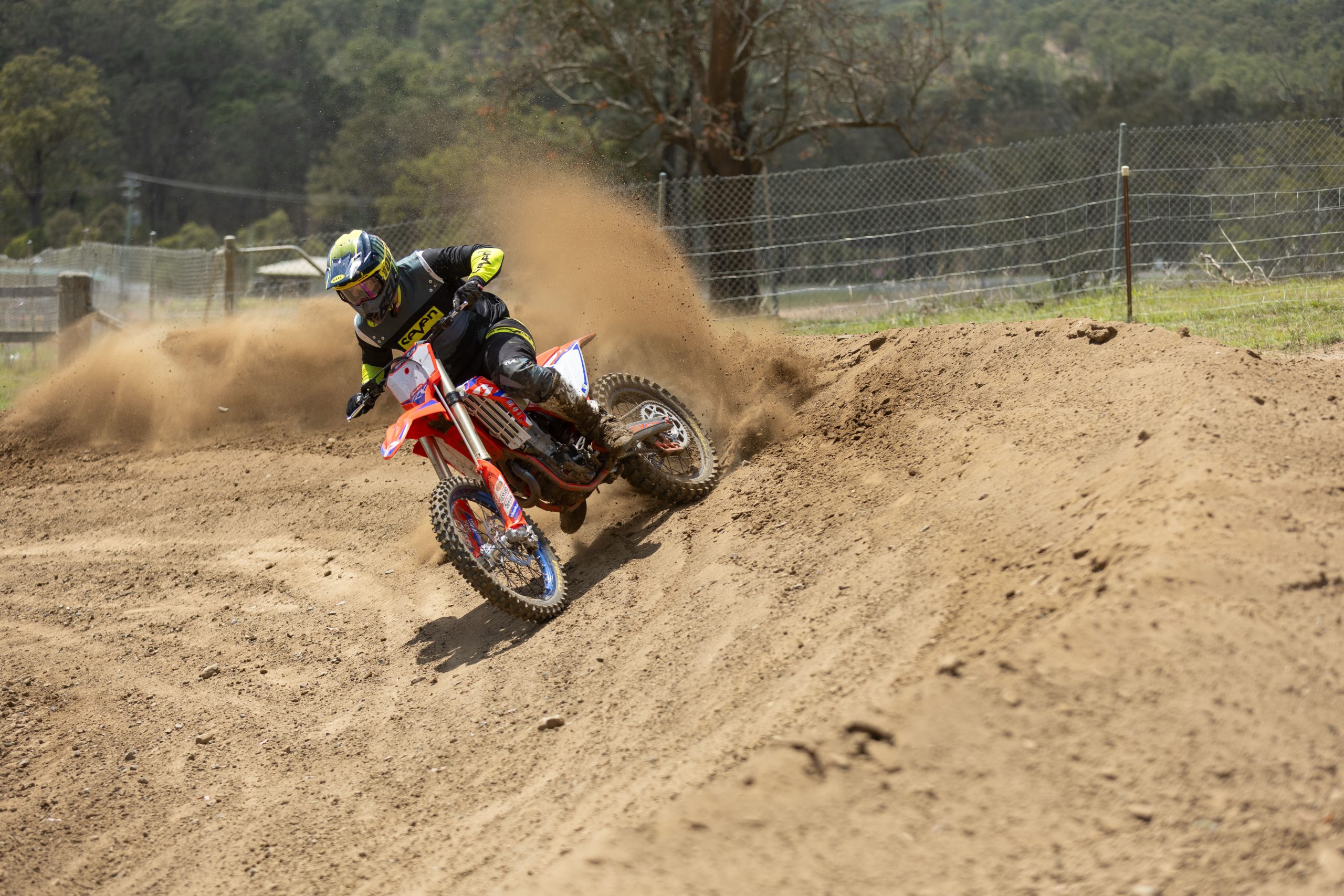This update was published in ADB issue #467 – August 2018
We’ve clocked up just over 20 hours and no components are showing signs of significant wear.
The chain stretched just enough to need some adjustment but the sprockets are still fine. After all, it hasn’t done heaps of hours. I’ve been known to run a sprocket until it was as round as a dinner plate on my bikes but that was before I weaselled my way into a job at ADB.
The brake pads still have plenty of meat on them, partly due to the fact I don’t ride fast enough but also because it’s been so dry the conditions haven’t been tough on pads. The first mud ride could change that.
The Golden Tyre FTS hoops are withstanding all the punishment I can dish out and the front hasn’t lost a pound of pressure since I plugged the split in the sidewall. Their true test came on a recent ride with ADB Tech Ed Mat Boyd.
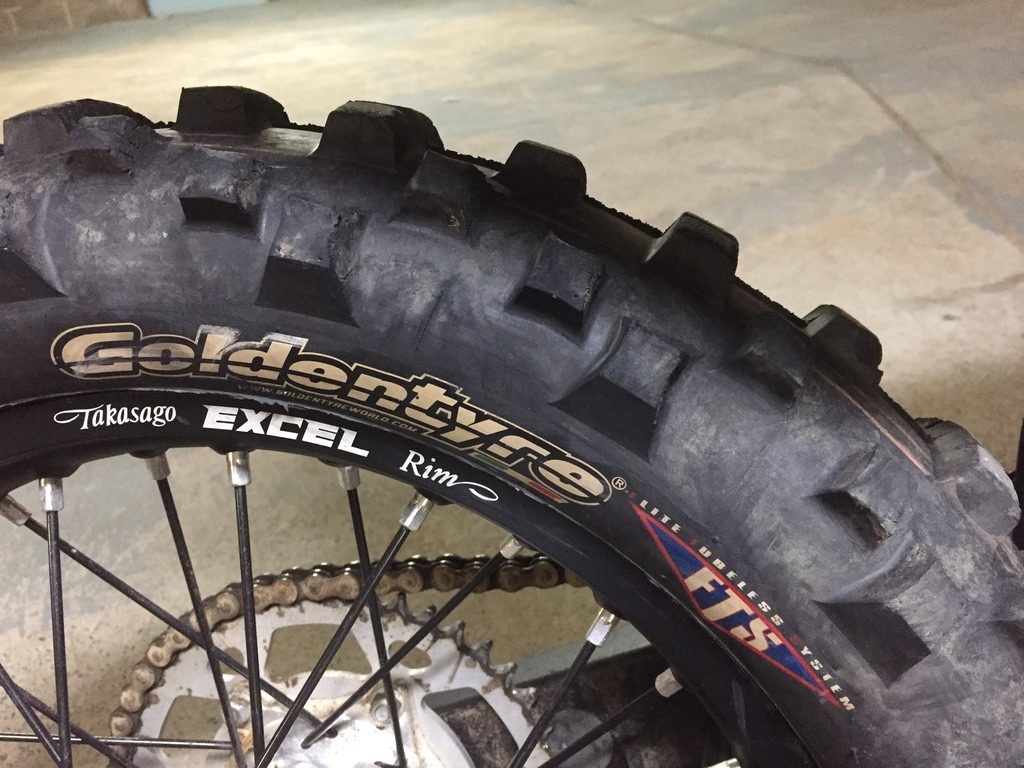
Boydy went through two rear tubes on Mitch’s WR250F on the 30km ride because of how rough the terrain was, meanwhile the FTS tyres didn’t let me down. And he was running higher pressures than I was.
I haven’t spent much time in the workshop with the 430 because I feel it’s at a good spot. I’ve owned bikes that have never quite felt right no matter how many hours I spent tinkering. Sometimes it was a suspension issue, an engine problem, jetting or ergos or, in the case of my old KLX250, all of the above.
It can take the fun out of it when you’re riding a bike that you’re never 100% happy with after spending your Friday night changing fork oil height and messing with the jetting. This has not been the case with the Beta.
Within a few rides I was able to get the RR430 to a point where I didn’t feel the need to touch a clicker, change the fork height or even rotate the ‘bar, and the adjustments I did make were minuscule.
Even my beloved Xtrainer was slightly cramped for my 196cm of lankiness so I was always searching for ways to open it up, but that’s the fault of the chicken growth hormones, not Beta. As a reward for its good behaviour I thought I’d treat the mighty Italian to new lubricant and Beta supplied me with Rock Oil to use.
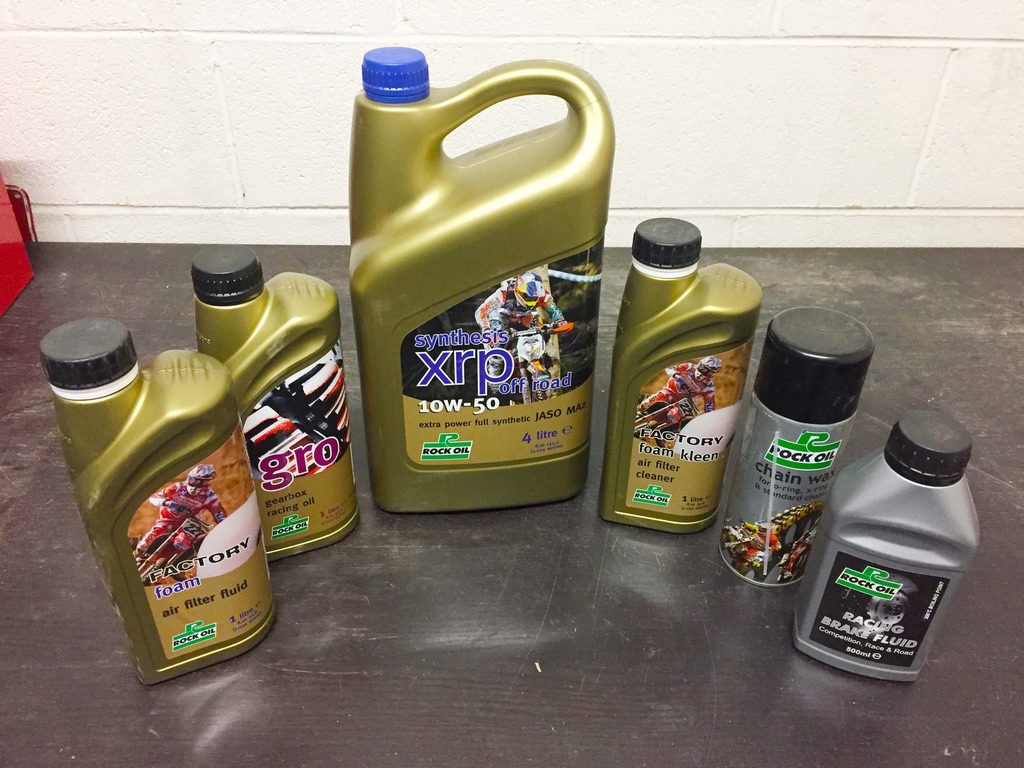
NEW OIL
I haven’t used Rock products for a few years but, after talking to Ben Grabham about his experience with the stuff at the Australian Four-Day Enduro I was keen to try it myself. Grabbo didn’t change the oil in his Beta RR480 during the A4DE and reckons when he finally dropped it after the event the oil still looked good!
Instead of running the same oil in the transmission and engine, Rock Oil offered an alternative; its GRO Racing Gear Oil for the transmission and Synthesis XRP 10W-50 synthetic for the engine. I’d learnt from my first time changing the RR430’s oil so this time I had both oils dumped and the correct amount in and the bike ready to ride in 15 minutes.
I remember the Xtrainer clutch was sensitive to which transmission oil I ran and I found some brands and weights created more clutch drag than others. The Xtrainer has a different clutch to the one in the 430 so I’ll be interested to see how the thumper reacts to the GRO. Digital Editor Olly Malone
TUBELESS SEALANT
The Golden Tyre FTS tyres on my Beta are the first tubeless tyres I’ve ever used so repairing the puncture in the front was a first. I enlisted the help of a mountain bike fanatic who sits next to me in the ADB office.
He spoke of this magical liquid that would plug a leak in a tubeless tyre in a matter of seconds! It was called Stan’s No Tubes Tyre Sealant and it was not what I was expecting. It’s a liquid that looks like milk but is made of latex, a thinner (to make it runny) and tinny little particles that work their way into the hole and plug it.
All I had to do was remove the valve core from the stem, pour a generous amount of the sealant into the tyre, reinstall the valve and pump it full of air. Once the tyre had about 30-40psi I started spinning it so the sealant would spread inside the tyre and eventually find the hole.
It worked a treat. I was surprised by how well. The sealant is designed for mountain bikes so I wasn’t sure how well it would hold up but after two intense rides it’s still maintaining pressure.

